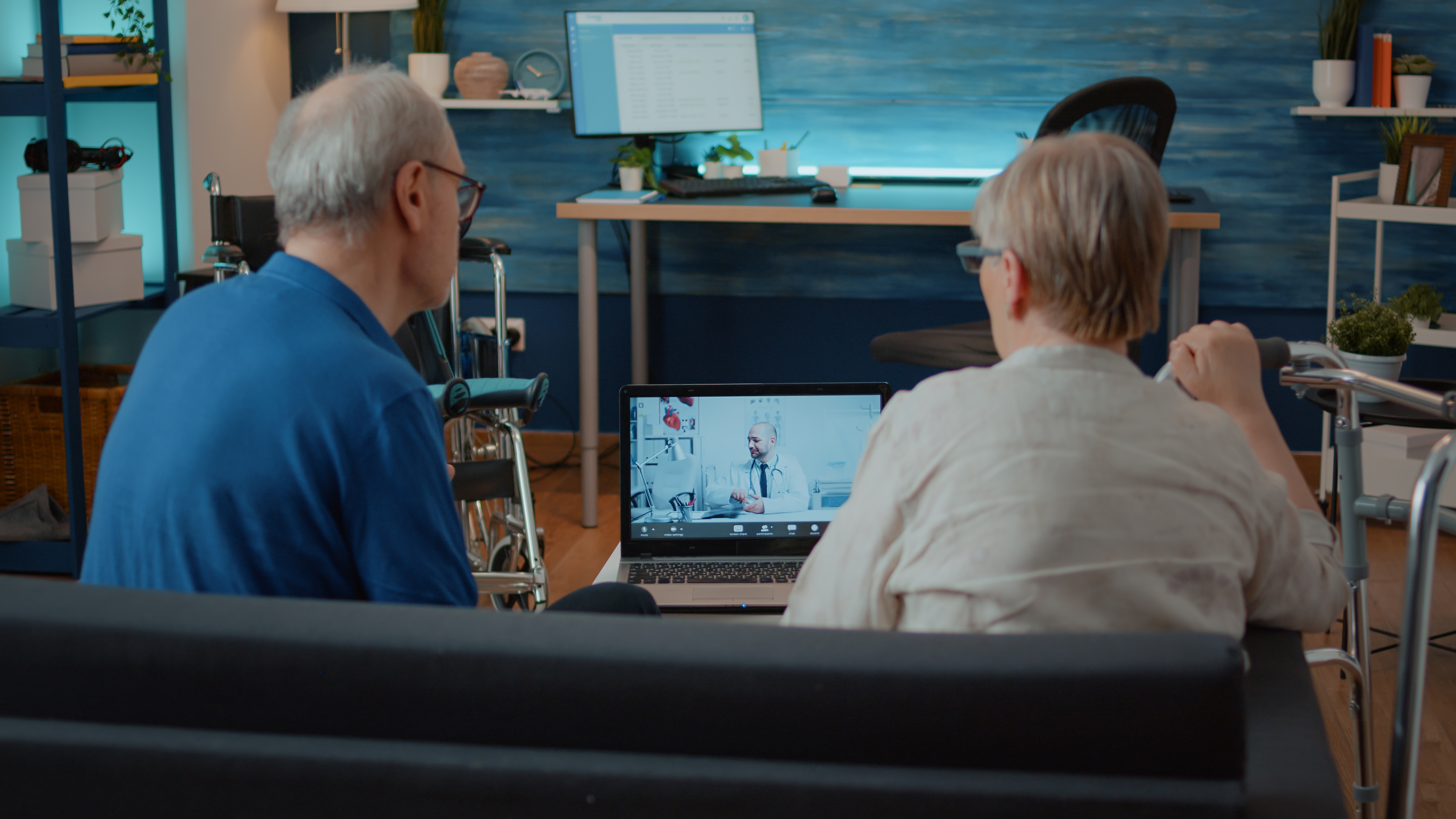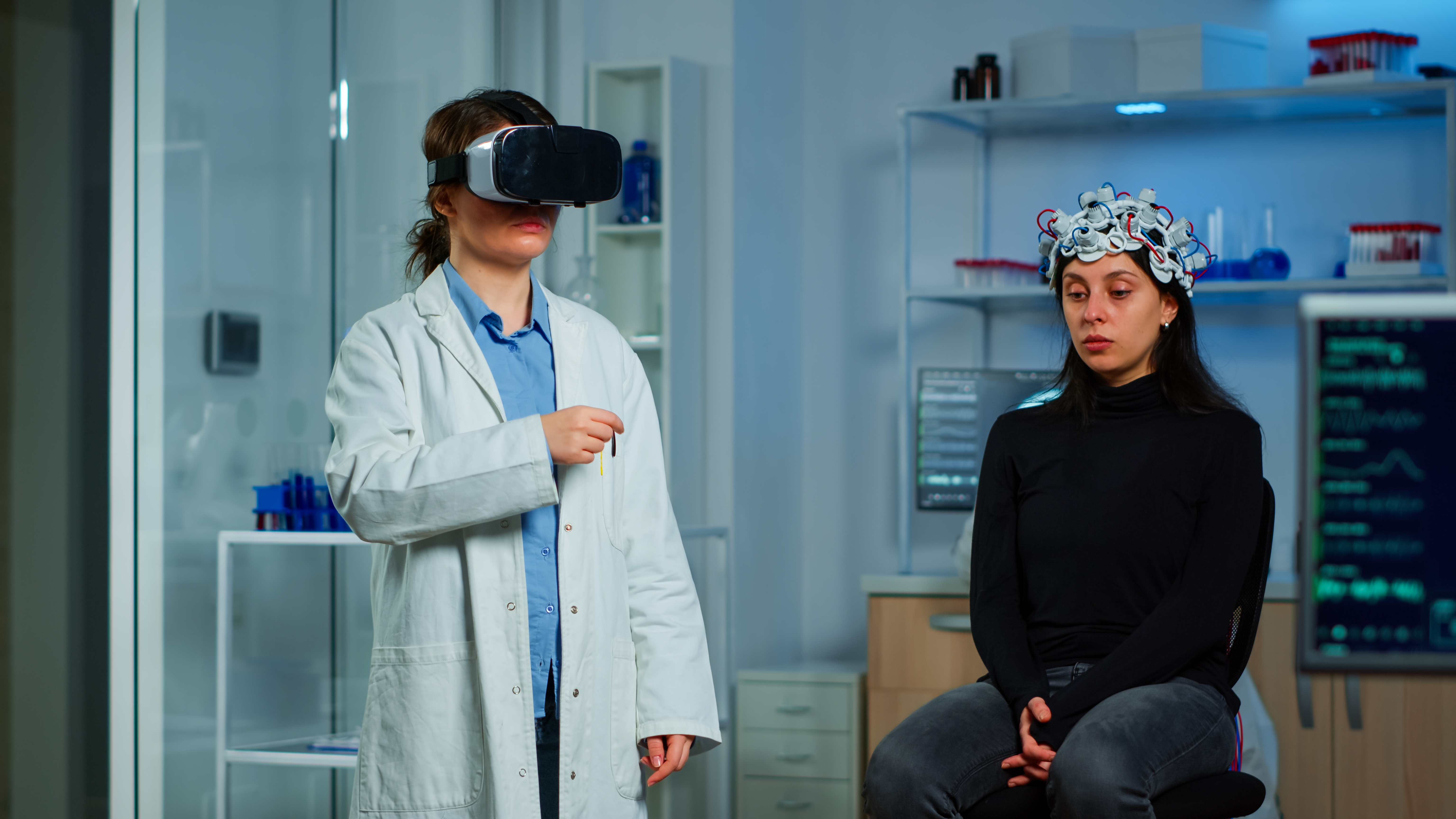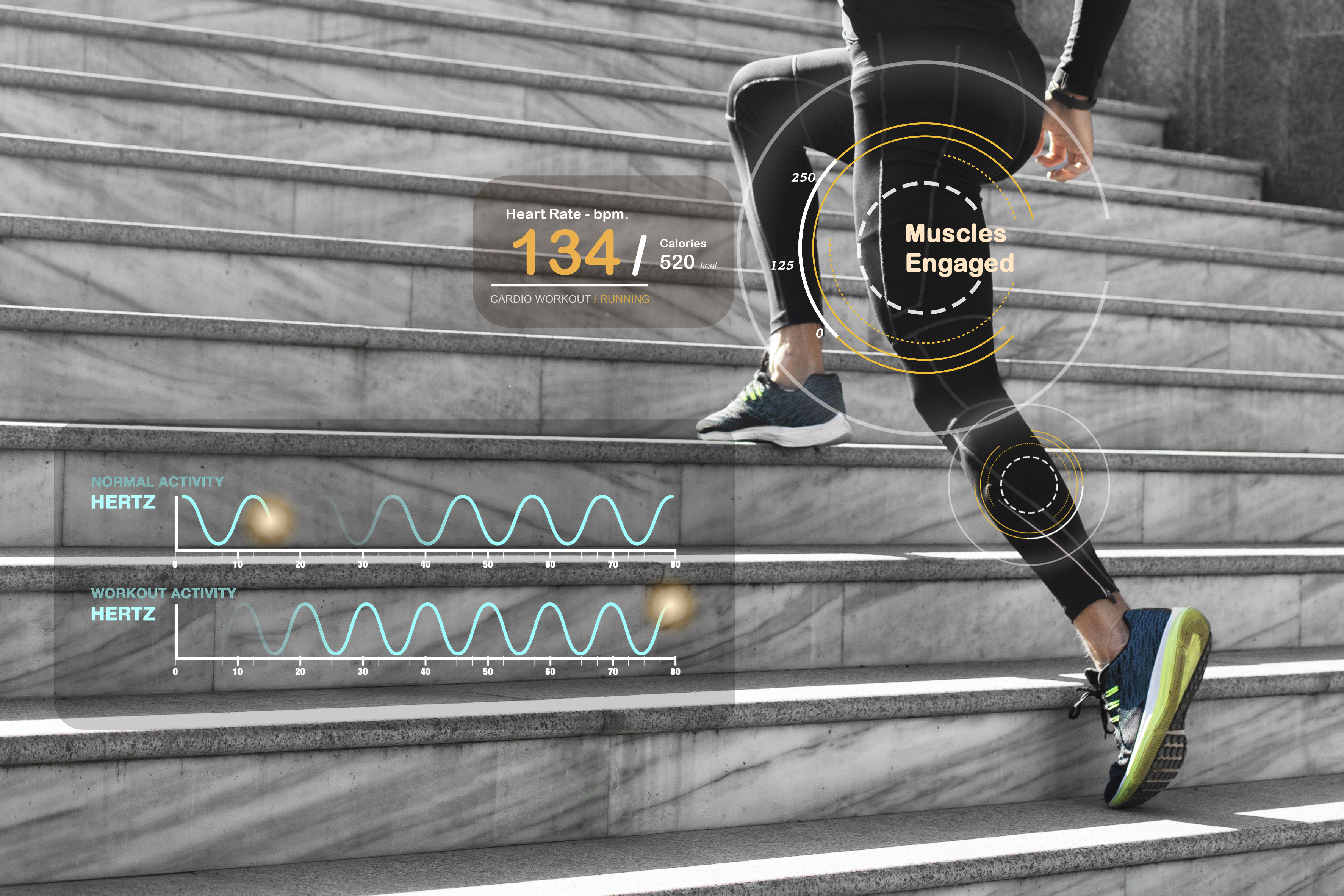Healthcare Revolution: How Telemedicine is Shaping Patient Care Worldwide

Due in great part to technology improvements, the healthcare industry has seen a dramatic transition in recent years. Telemedicine has been a game-changer among these, transforming the way people receive medical care. We are seeing a change with the emergence of this digital healthcare model that not only improves patient experience but also leads to better health results worldwide. We'll examine how telemedicine is influencing patient care globally in this blog, as well as its potential effects on healthcare in the future.
In essence, telemedicine is the practice of providing clinical treatments remotely via technology. It includes a wide range of applications, such as mobile health apps, remote monitoring, and virtual consultations. There are numerous advantages to telemedicine. One benefit is that it removes geographical restrictions, giving patients in underserved or rural areas access to specialist care that might not be offered nearby. This accessibility is essential because it fosters health equity and guarantees that urban residents do not have exclusive access to high-quality care.
The potential of telemedicine to improve patient participation is among its most important effects. Patients can participate more actively in their care because to the ease of virtual encounters. Numerous platforms let users book appointments, check their medical history, and send secure messages to healthcare professionals. Better adherence to treatment programs and better health outcomes are the ultimate results of this enhanced accessibility, which also encourages a cooperative interaction between patients and physicians.
Furthermore, telemedicine turns out to be an effective technique for controlling long-term illnesses. Regular remote monitoring can help patients with conditions like diabetes, hypertension, or asthma by enabling medical professionals to monitor their progress and take prompt action when needed. This proactive strategy lessens the need for hospital stays and lowers the likelihood of complications, which eases the strain on medical facilities and boosts system effectiveness overall.
The flexibility of telemedicine in times of crisis, like the COVID-19 epidemic, is another impressive feature. Telemedicine became an essential tool for preserving continuity of care while lowering the risk of infection as healthcare systems dealt with previously unheard-of difficulties. Essential services continued to be available since patients could consult with their doctors from the comfort of their own homes. Public attitude has changed as a result of the quick adoption of telehealth services, proving that remote care is a practical long-term answer rather than merely a band-aid solution.
Telemedicine has many benefits, yet there are drawbacks to its broad use. Healthcare providers must manage the challenges of protecting sensitive patient data, thus privacy and data security concerns are still of utmost importance. Furthermore, not every patient has equal access to technology; differences in digital literacy and internet availability can prevent some people from taking full advantage of telemedicine. To guarantee that telemedicine functions as an inclusive option for all populations, these problems must be resolved.
Looking ahead, telemedicine seems to have a bright future. We may anticipate increasingly advanced tools and platforms that improve the telemedicine experience as technology develops further. For instance, artificial intelligence may help medical professionals make more precise and effective diagnoses, which would further simplify patient care. Additionally important will be the incorporation of wearable technology, which will enable data collecting and real-time health monitoring that can guide more individualized treatment regimens.
Additionally, telemedicine's significance in the larger healthcare ecosystem is being acknowledged by politicians and healthcare institutions. In order to ensure quality standards and reimbursement models that encourage providers to use these technologies, efforts are being made to create regulatory frameworks that promote telehealth services. We should expect a move toward more integrated and comprehensive approaches to patient care as telemedicine becomes more ingrained in healthcare systems around the globe.
In summary, the telemedicine-driven healthcare revolution is a fundamental change in the way we provide patient care, not just a passing fad. Telemedicine is changing the way people throughout the world receive treatment by improving accessibility, encouraging participation, and enabling proactive management of medical issues. The promise of a more integrated, effective, and patient-centered healthcare system is within grasp, despite the obstacles that must be addressed. In order to create the foundation for a healthier future, it is imperative that we continue to use telemedicine in an inclusive and equitable manner.



